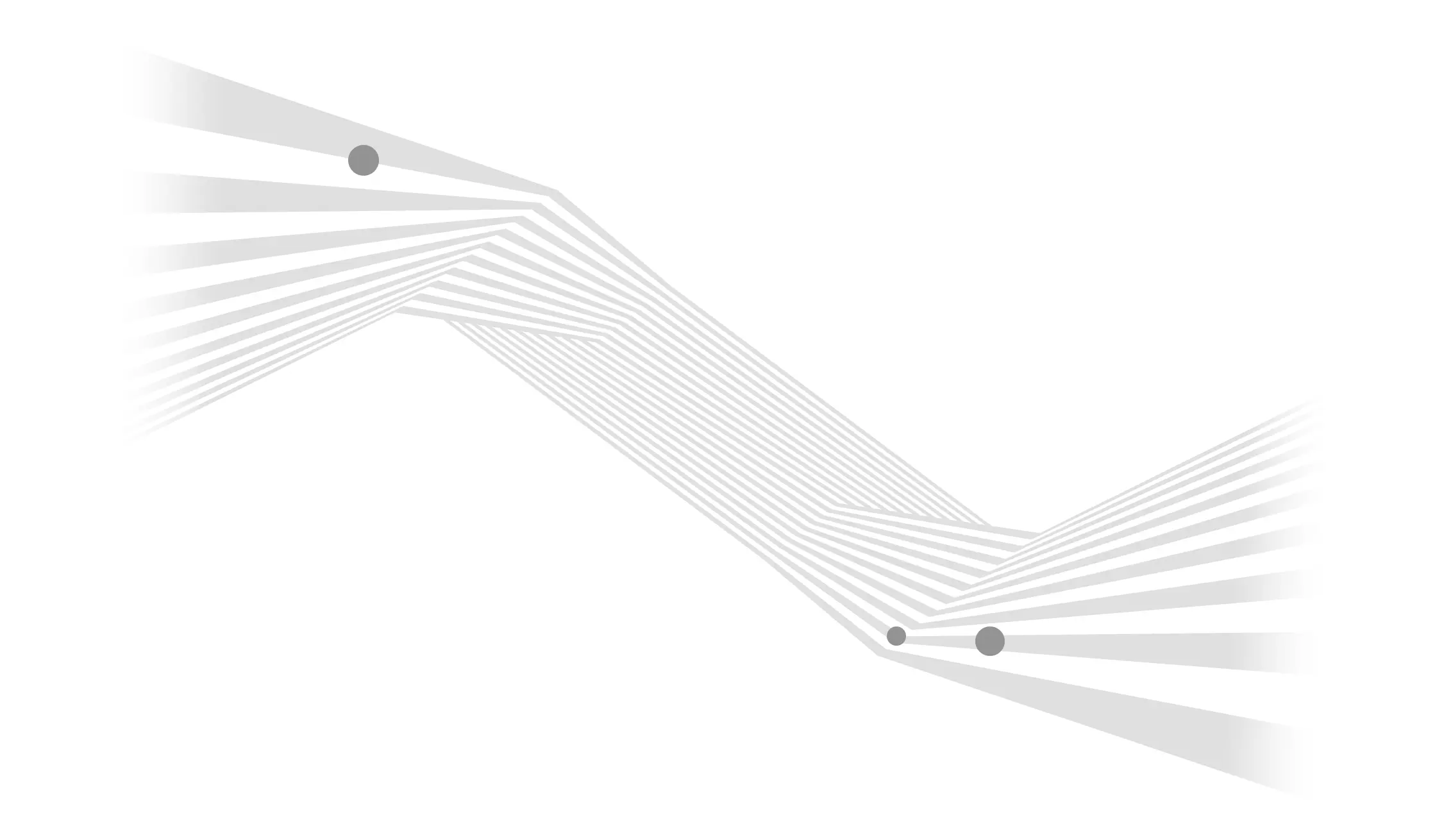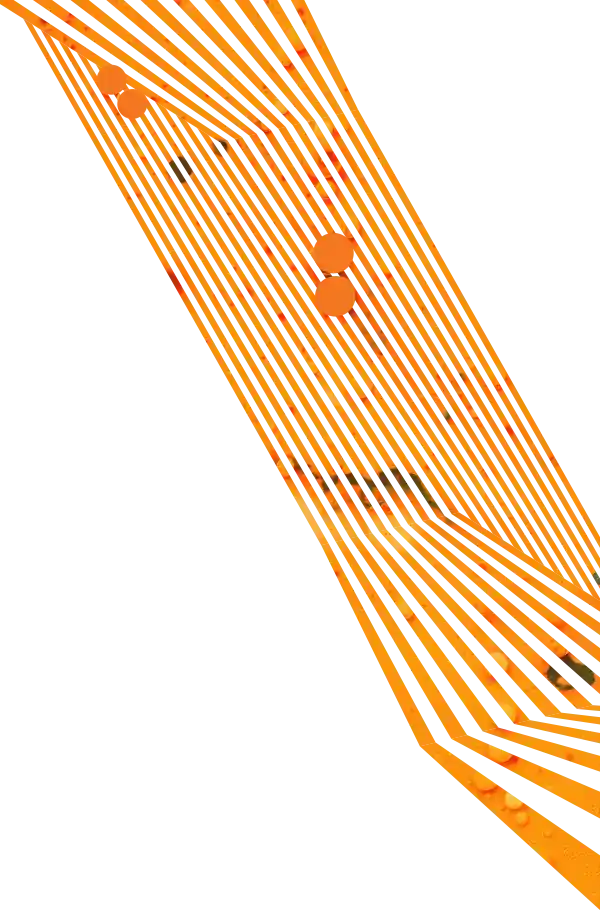From the advertisements that appear alongside search results on Google to the ads you see as you're scrolling through Facebook, digital advertising appears just about everywhere you look online—and for good reason. Digital advertising is one of the best ways to reach your audience, considering the average user spent 6 hours and 42 minutes online per day in 2019.
While search engine optimization (SEO) and content creation are important long-term strategies for improving your online presence, pay-per-click (PPC) digital advertising can supercharge your efforts and lead to more immediate, high-quality leads. Consider this your introduction to PPC, what it is, how it works, and how to get a campaign started.
WHAT IS PPC?
PPC stands for pay-per-click. Simply put, this means that you (the advertiser) are paying a fee each time your ad is clicked. When PPC is working correctly, the cost-per-click (CPC) should be small in comparison to the return you receive on your investment. For example, you might pay $50 for a click, but that click could result in a $1,000 sale.
PPC is more than just Google Ads—a buzzword you’ve surely heard tossed around in the digital marketing space. While online paid advertising is commonly used for search engines like Google and even Bing, it can also be just as—if not more—useful for getting your brand or message in front of prospective customers and new audiences on platforms like Facebook, Instagram, LinkedIn, Twitter, YouTube, Pinterest, and more.
HOW DOES PPC WORK?
A lot of work goes into driving your PPC efforts. Here’s a breakdown of the different parts and pieces that go into building a winning PPC campaign.
Keywords
Keywords are an important part of any search ad campaign, connecting advertisers to the words and phrases users are searching. Advertisers can choose to match keywords with search queries exactly or allow for variations, such as different ordering of words, different spellings, or the inclusion of other words. Negative keywords can also be used to prevent ads from being triggered by queries containing those keywords to help weed out unqualified leads.
Once you’ve determined your keywords and negative keywords, you can begin putting them into ad groups. Ad groups are typically organized by a certain theme, as they contain one or more ads that share similar targets. For example, for a digital marketing campaign, you might have an ad group focused specifically on “content marketing” and another ad group focused on “marketing automation.”
Ad
Simply put, ads are the creative that users will see if you win the bid. The creative varies by platform, so for example, a Google search ad will include a headline, URL, and description. We’ll explain the different types of ads in more detail below.
Budgets and Bids
In order to implement a PPC campaign, you’ll need to determine your budget, or ad spend. This is where you can determine how much you want to spend each month on your overall campaign. Budgets are then broken down even further to daily spend. For example, a $500 monthly budget would break down to $16/day. Depending on your campaign strategy (e.g., maximize conversions or maximize clicks) Google determines the keyword bids for you. However, you can also bid at the ad group or keyword level for more control over your ad spending. Keep in mind, though, that this is much more manual and hands-on and could result in being outbid in auctions if other advertisers are using automated bidding.
Ad Rank
While money is certainly a factor in winning the bid, there’s more to it than just that. Google, for example, considers other factors that determine ad rank in addition to bid amount, including:
- Quality score (expected click-through rate, ad relevancy, landing page experience)
- The context of the search (e.g., user’s device, time of day, etc.)
- Expected impact of extensions and other ad formats
Similarly, Facebook determines ad rank based on three factors:
- Quality ranking
- Engagement rate ranking
- Conversion rate ranking
Targeting
For highly optimized campaigns, you can target your audience beyond keywords. Depending on the platform, you can target your audience based on:
- Device
- Location
- Day
- Time
- Demographics
Campaign goals
It’s important to set the right goals for each campaign so you can measure success. Clicks, for example, can be a good start to determining the success of your campaign. Conversions, or the actions you want users to complete after clicking an ad, can be another indicator of success. Depending on your business goals, conversions could be filling out a form, calling your business, signing up for a newsletter, or downloading a whitepaper. Other objectives, like brand awareness, determine success by CPM (cost per thousand impressions) with the goal that more people will see your ad.
TYPES OF PPC ADS
PPC ads differ depending on your goals and which platform(s) you're using to target your audience. Here are some of the main types of PPC ads that businesses leverage today:
Search ads: Google Ads, Microsoft Advertising
Search ads get prominent placements on search engines, like Google and Bing, based on keywords that you've deemed relevant to your business or product. It allows you to bid for ad placement in a search engine’s sponsored links when users are searching terms that either exactly match or closely match your keywords. Essentially, it’s a way to “buy” visits to your site.
Display ads
Display ads are another type of PPC ad that relies on static images or animated images (GIFs) that can be displayed across Google's Display Network (GDN), made up of over 2 million websites, videos, and apps where your ads can appear. Display ads are a great opportunity to broadly increase brand awareness or retarget a very specific audience.
Programmatic ads
Programmatic advertising is an automated way of buying ad space via ad exchanges. It is not an ad network, like Google Search Network and Google Display Network. With programmatic ads, publishers sell ad space on their websites to be bought programmatically. Using programmatic software, advertisers can enter automated bids to buy ad space to gain ad impressions.
Social media ads: Facebook Ads, LinkedIn Ads, and more
PPC is also used on social media platforms like Facebook, Instagram, and Linkedin. These ads can be served in a multitude of ways including text, images, video, and slide shows with objectives like lead generation, brand awareness, or driving traffic to your website. Each platform offers detailed audience refinement to reach the exact personas of your ideal customer. With the installation of the Facebook Pixel or Linkedin Insights Tag on your site, there is also a great opportunity to retarget your website visitors on these platforms while they browse their social media feeds, keeping your brand on the top of their mind.
PPC SERVICES
As a Google Ads certified digital marketing agency, Aztek specializes in search and display advertising with Google Ads, search advertising with Microsoft Ads (Bing), and social media ads through Facebook, Instagram, and LinkedIn. When you partner with us, you’ll have a dedicated PPC strategist that monitors your accounts on a daily basis to ensure they’re performing as effectively as possible, and you’ll receive detailed reporting on campaign performance every step of the way. Contact us today to learn more about our comprehensive PPC and digital marketing services.


